How to prune roses correctly?
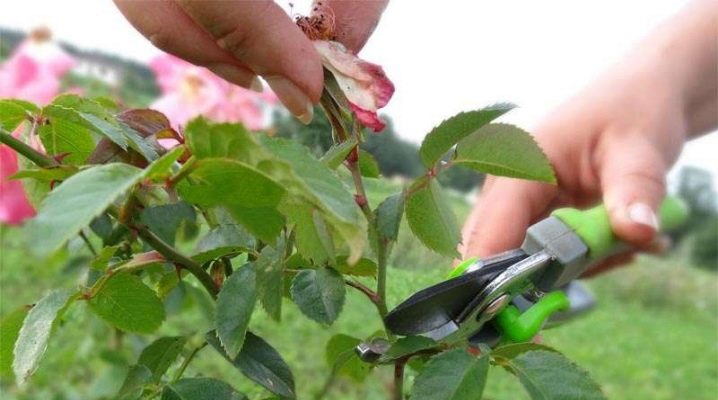
Pruning is one of the main steps in rose care. It can be both light and very strong, so it is important for beginner gardeners to understand the difference between its types, when to start the process, and also why some varieties do not require cutting off shoots and foliage.
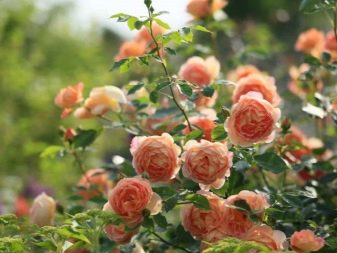

Do flowers have to be pruned?
Pruning roses is a necessary part of keeping your shrubs healthy. Without it, most varieties begin to hurt, since the procedure is an excellent prevention of fungal diseases and the appearance of mold. In addition, over time, the bushes become shapeless, grow strongly and look ugly. Here, trimming has a decorative function.
Experts advise to consider this process as the final cleaning of shrubs in the fall. The damaged parts are eliminated, the shape of the bush is leveled, its density is regulated. Some tall varieties need more pruning before winter cover than others.
The time of the procedure is the onset of the first frost, when the air temperature drops to - 2 ° C. If you do not follow the requirement, then the rose will give new buds.
In the middle zone of our country, pruning time falls on the beginning of November, and sometimes December.
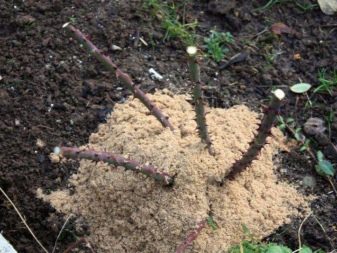
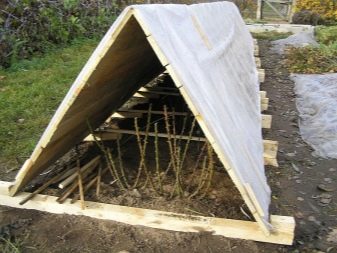
The specific start date of the process also depends on the variety. For example, low-growing climbing ground cover roses are hardy enough to be pruned in sub-zero temperatures. English varieties are considered no less resistant. They are also allowed to thin out in frost, if the landing site is an area where the cold comes faster.
Another procedure is carried out in the spring. It is during this period that the plant can give fresh shoots. So the gardener gives the plants additional strength for development and active flowering. Also, the life span of flowers is lengthened. Usually the end of April is chosen for the procedure. In the south, pruning can be done before sap flow begins. You need to focus not only on the season, but also on the state of the kidneys. They should start to swell. In the summer, only those flowers that have already faded are removed. If the variety is re-blooming, it will delight you with new buds after the procedure.
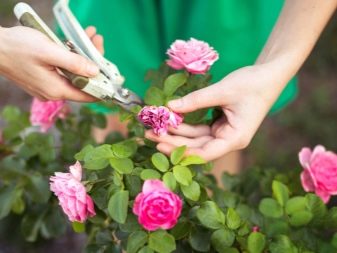
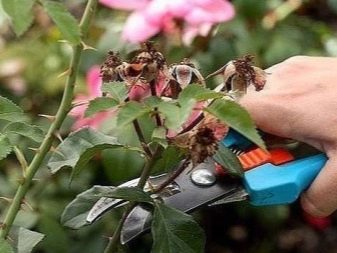
Indoor roses are only pruned lightly during flowering. Two goals are pursued here: to remove faded buds and to thin out the plant.
When carrying out your annual pruning of roses, you need to focus on the following points:
- maintain a constant influx of young shoots;
- create conditions for better development of buds;
- shape the shrub evenly;
- free the center for the circulation of light and air from thickets.
It is important to remember that the cut must be carried out at an angle (45 degrees or more) so that juice does not accumulate in the stem. After trimming, each cut must be treated with a balsam varnish. You can also use "Runnet".
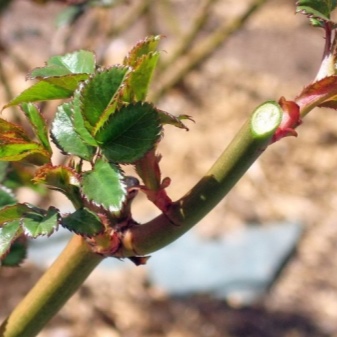
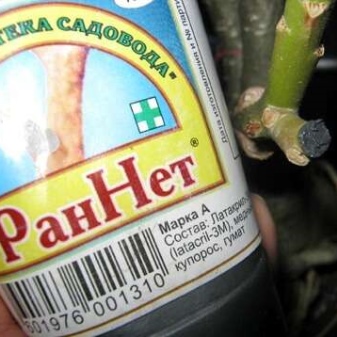
Required tools
The inventory must be carefully prepared for the process - disinfected and well sharpened.
The main assistants in the work are:
- pad under the knees;
- secateurs;
- gloves;
- hacksaw;
- mini rake.
Experienced gardeners use appropriate pruning shears that have curved, very sharp edges. You cannot use pruning shears that will not cut, but break the stems.
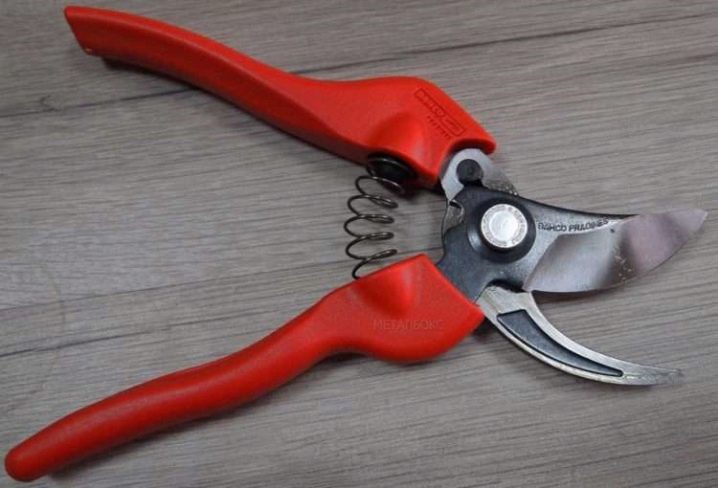
As a result of working with the tool, every time you get a smooth cut at a slight angle. It is advisable to have at hand not one pruner, but several. One specimen is needed to remove thin branches and leaves, the other to eliminate thicker parts of the plant.
A small, foldable hacksaw will allow you to quickly and easily remove woody trunks. Be sure to wear a pair of heavy-duty work gloves to avoid damaging your hands from thorns. The rake should be very small. They are used to collect leaves and other mulch from the surface of the soil.
Knee pads allow you to work with the greatest possible comfort.
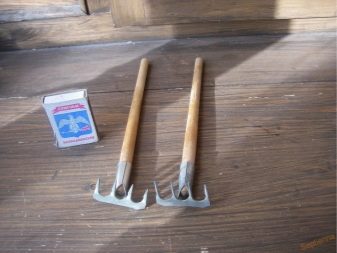
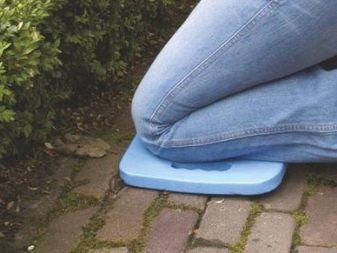
Preparing for the procedure
To prepare spray roses for pruning, you need to reduce the amount of watering by the end of September. The main task of the gardener is to reduce the number of young shoots formed. New buds are also removed.
The plant is fed with phosphorus-potassium fertilizers, thanks to which the required amount of nutrients accumulates in the stem of the rose. A weak solution of potassium permanganate is taken as a disinfectant for the tool used. If this is not done, then it is likely that the plant will be infected with viruses.
Before pruning, the gardener examines the dimensions of the bush and calculates the approximate dimensions of the root system. It is necessary to make sure that they are the same, since it is in this version that the plant most easily tolerates wintering.


Types of trimming
Pruning is not only spring or autumn pruning, but light or quite strong. Every gardener should know when a particular procedure is used.
Traditional
Mandatory procedure is called traditional. It is easiest to master it for a novice gardener, but it is better to study under the supervision of a person with great experience, since roses can be harmed in this case too.
The gardener is required to remove leaves, flowers, branches that are too old, dry, sick. The root growth is also completely removed, which only takes away the strength of the rose and does not allow it to gain color. In autumn, young shoots are removed, which freeze in growth for the winter and then do not catch up with other shoots.
After cleaning, the size of the bushes does not decrease too much. The main thing is to put them in order.
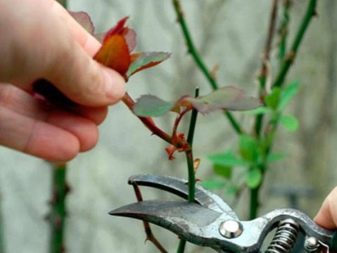
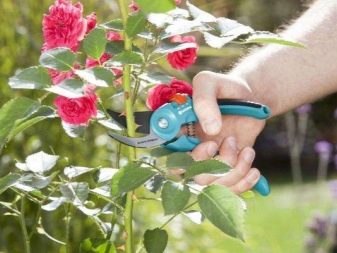
Strong
If a rose that does not have frost resistance grows in the garden, it must be covered before the cold weather, otherwise the flower will die. In this case, the gardener resorts to strong pruning, after which branches no more than 15 centimeters in height remain. The principle is the same as in the first case, only the remaining shoots are also cut to length.
It is important to remember that park and ground cover roses cannot be pruned that much.
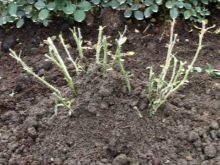


Moderate
For spray roses, it is imperative to carry out moderate pruning, that is, not only to remove diseased parts of the plants, but also to shorten the young branches to four buds. This procedure does not take a lot of time, especially in the presence of a small number of shrubs. Lightly pruned roses usually have thicker, denser foliage and more flowers on short stems. This is a great way to heal your bushes without resorting to complicated procedures. General pruning principles apply to all roses, regardless of variety and type.
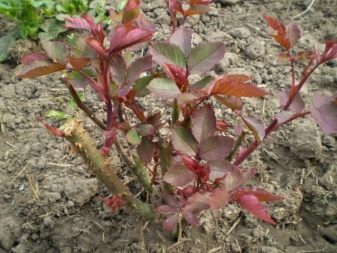
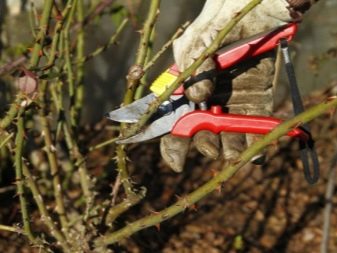
Easy
A very simple way for novice growers is to easily prune roses. In the process, all shoots are shortened by a third of the available length. However, it is impossible to prepare bushes for wintering in this way every year.
The lack of rejuvenation of plants will lead to the fact that over time, less and less buds will form on them.
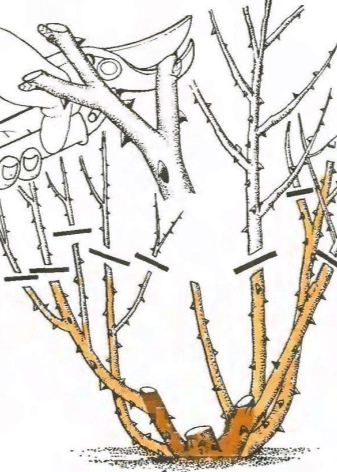
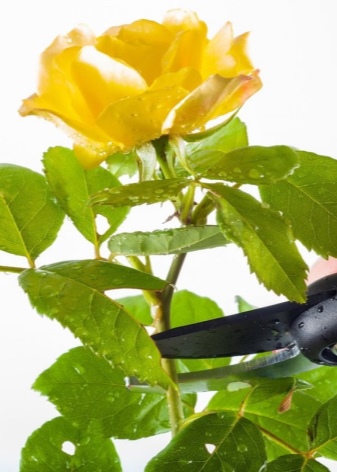
Procedure
To properly prune roses, you need to follow a certain procedure. Most of the bushes grown in flower beds are hybrid tea varieties, floribundas and grandifloras, which must in any case be cut to 45 centimeters in height before wintering.First, dead shoots, weak and broken, are removed. A perfectly trimmed bush should be formed in such a way that normal air circulation can be traced in its center. This means that you need to remove the small branches in the middle of the bush.
The procedure performed in the spring is different from that required before the onset of winter. Basically, dead and diseased branches are removed, and the rose is thinned. At the end of flowering, the crop is pruned again.
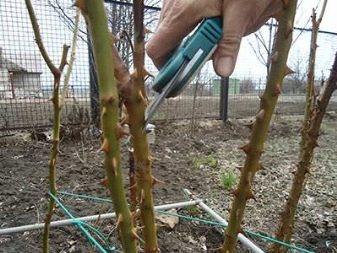
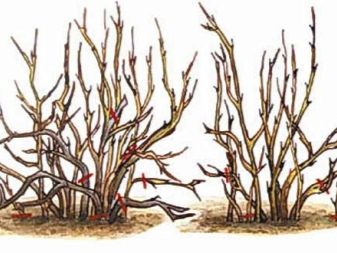
You can imagine the whole process as several sequential steps.
- Roses are very soft and delicate plants, easily affected by diseases. Therefore, before pruning roses, it is required to clean the surroundings, remove fallen leaves, weeds, branches of old trees, thickets.
- First, dead or diseased rose shoots are removed. They are cut off and thrown aside. Each time the tool blades are dipped in a mixture of water and potassium permanganate or bleach to prevent disease transmission. Use about a teaspoon of both products per gallon of water.
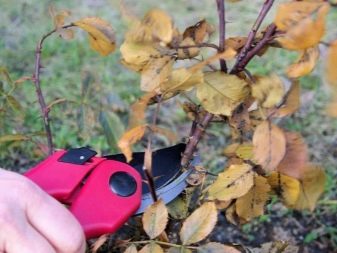

- They create a clear structure of the skeleton of the bush, cutting off everything that is more than 60 centimeters in length. The main task is to form the plant correctly so that it looks attractive on the flower bed.
- Experts advise to approach the pruning of roses as a sculptor approaches the processing of a piece of marble. You need to imagine what the final result should be and just remove all unnecessary. Ideally, all central branches are evenly distributed, the plant takes on the shape of a cone. The stems should be above the grower's knee, but not at waist level. However, they should all be green and flexible, not dark and woody.
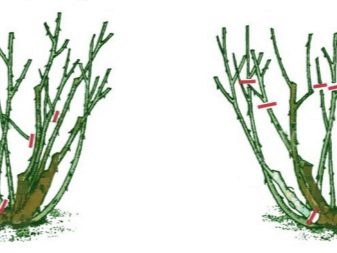

- An important goal of the above steps is to create conditions for good air circulation. It is known that these flowers often suffer from fungi and mold, which begin to develop in the very center of the plant. This should be borne in mind when pruning shoots. You can set the length in a checkerboard pattern, but up to 4 buds must be left on each branch.
- The entire area must be cleared after pruning. Leaves and branches should not be left on the ground, as they will become a favorable environment for the development of bacteria and a wintering place for insects when they begin to decompose.
- After cleaning the area is completed, you can use fertilizer to feed the rose bushes so that they better endure the winter. If there are varieties on the site that do not tolerate cold weather, it's time to hide them under blankets.
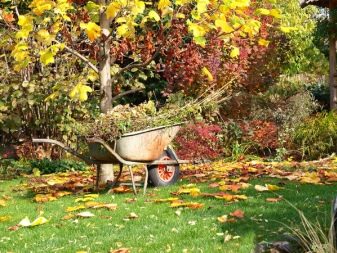

Recommendations for different regions
If you decide to prune your rose bushes in the spring, you need to wait until the danger of frost has passed. Depending on where the grower lives, the procedure can be carried out from January to May. A good indicator is the appearance of buds that are swollen but have not yet blossomed. The ideal shape for pruning a rose bush (vase shape) will protect the buds that appear from high humidity.
In late autumn, pruning should be done after the first frost. This will prepare the rose for a sudden change in temperature, protect it from possible frostbite after the first snow. Make sure that there are no shoots crossing each other, because in the cold wind these branches will rub and damage each other.
In addition to the direct pruning procedure, the gardener should remove unnecessary shoots during the entire growing season (except for winter). The easiest way to find out if a branch is dead is to prune it. Such specimens are gray in color, their bark is denser and tough. They must be immediately eliminated, like diseased leaves and buds that have already faded.
Thinning, done in a timely manner, and the removal of branches that do not bring shoots to the bush, leads to the rejuvenation of the rose. More flower ovaries begin to appear.
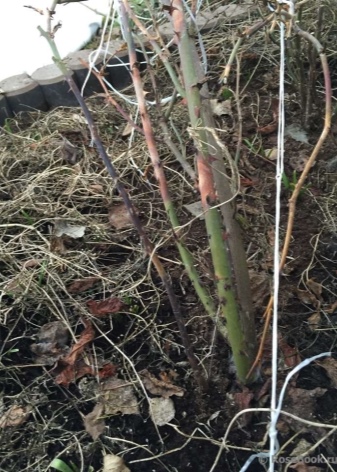

Sometimes it is required to remove even beautiful, juicy flowers that could delight with their appearance.This is necessary in order to "unload" the bush a little, since too many inflorescences can draw out all the juices from it. In this case, the plant will simply die.
Most gardeners in the Krasnodar Territory, Kuban, Crimea, Rostov Region, and even Belarus, instead of pruning rose bushes in the fall when they hibernate, wait for early spring when leaf buds begin to form. In the Moscow region, tall bushes are cut to half their height before winter to protect them from frosty winds and heavy snows.
Climbing or climbing roses, also called climbers, are just as popular with gardeners as regular bush roses. They are known for their vibrant, fragrant flowers and tall, resilient branches that love the sun and stretch towards it along walls, trellises and fences. As a result, these plants take the form of their vertical supporting structures. Although some climbers thrive without the intervention of a grower, and sometimes pruning can even cause irreparable harm, most varieties require this procedure to be done regularly. The fact is that it helps flowers grow healthy and delight gardeners with beautiful buds every year. In addition, pruning allows you to guide the rose along a predetermined path.
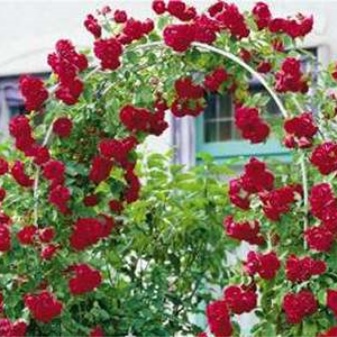
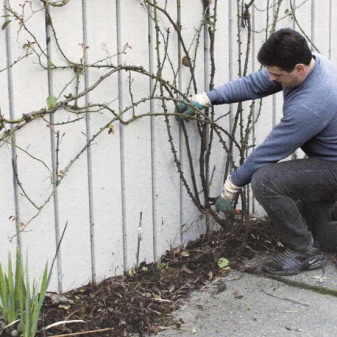
In this case, the process is carried out when the plant is asleep, that is, in late autumn or early spring. As with bush roses, dead or dying shoots are removed as they deprive the plant of nutrients. Cut off the branches as close to the base as possible. If the once blooming rose has not produced many shoots, the rest are pruned a few centimeters to stimulate better growth next year.
Remove all shoots around the base of the rose bush to prevent the growth of the growth from consuming nutrients that are sucked out of the soil for the main branches. It is required to cut off the flowering side stems that grow horizontally. All faded buds are also removed, since they not only spoil the appearance, but also draw juices from the plant.
Separately, it is worth talking about standard roses. Here, pruning mainly serves a decorative function, since through it the correct shape of the bushes is formed. Depending on the variety, in the spring, excess shoots are removed from March to May. Experts do not advise strongly pruning hybrid tea varieties, as well as floribunda roses (it is necessary to leave up to six buds).
If you do not follow the rule and save only 4 buds, next season such bushes will delight you with powerful stems that will go up sharply. This harms the standard plants, since the shape of the crown changes in the negative direction.
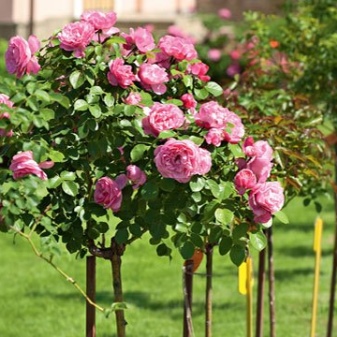

If the gardener is caring for a climbing standard rose, then you need to remove the shoots from the main skeleton that have faded in the previous season. Young ones are slightly shortened. If replacement branches did not have time to form on the plant over the summer, then some of the old ones will have to be left, shortening the lateral shoots on them. If this is a cascading standard rose, then the stems are removed from the sides, and the rest are only shortened.
Tips for pruning roses in the next video.

































































































The comment was sent successfully.